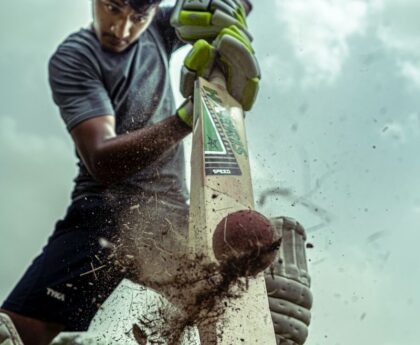Ryder Cup: Analyzing Practice Pairings and Historical Insights
A Chance for Redemption
Two years ago at Whistling Straits, Shane Lowry and Rory McIlroy suffered a disappointing defeat in their debut as a four-ball partner duo. They were routed by Tony Finau and Harris English, resulting in a record-setting victory for the American team. Lowry, eager for redemption, expressed his desire to play alongside McIlroy once again and prove themselves this time around. The question is whether Europe’s Captain, Luke Donald, will provide them with the opportunity they seek.
The Secrets of Pairing Formation
When it comes to pairing formation in the Ryder Cup, captains utilize a combination of objective and subjective factors. They have access to a wealth of information, including analytics, personality tests, and player lobbying. While some pairings can be easily predicted based on history and practice sessions, the final decisions are kept under wraps until they can be revealed to the public. This element of secrecy adds to the anticipation and excitement surrounding the event.
United States Team Pairings
Based on practice sessions and past performances, it is highly likely that Patrick Cantlay and Xander Schauffele will play together in both foursomes sessions. The duo went undefeated in 2021 and have shown great chemistry on the course. Jordan Spieth and Justin Thomas are another strong pairing option, as they have a successful track record from previous tournaments. The American team has several other potential duos, such as Scottie Scheffler and Sam Burns, who have a close friendship, and Max Homa and Wyndham Clark, who practiced together recently.
European Team Pairings
With the absence of Ryder Cup veterans Sergio Garcia, Lee Westwood, and Ian Poulter, Europe’s Captain, Luke Donald, has the opportunity to experiment with new partnerships. McIlroy and Lowry, despite their previous disappointment, remain a viable option. Tommy Fleetwood and Viktor Hovland showed promise in 2021 but haven’t been paired together during practice sessions. Jon Rahm and Tyrrell Hatton have a fiery chemistry, while Ludvig Åberg and Hatton have been consistently grouped together during practice. The pairings for Team Europe are still up in the air, with multiple factors at play.
The Influence of Golf Balls
One factor that can impact the dynamics of a pairing is the choice of golf ball. Different players have different preferences and characteristics when it comes to their choice of golf ball, particularly in terms of its performance with iron shots and around the greens. However, McIlroy downplays the significance of this factor, stating that players can adapt to playing with different golf balls if necessary.
Editorial Commentary
The Ryder Cup is a momentous event that showcases the best of team golf. Practice pairings and historical insights provide glimpses into potential dynamics and strategies for the tournament. Captains face the difficult task of assembling cohesive pairs, balancing various factors such as chemistry, playing styles, and individual player strengths. The element of secrecy surrounding the pairings only adds to the excitement and speculation leading up to the event.
Advice for the Captains
As the Captains make their final decisions on pairings, it is crucial for them to strike a balance between relying on objective data and considering subjective factors, such as player chemistry and compatibility. While historical data can provide valuable insights, it is important not to overlook the potential for new partnerships to flourish. The Captains should also be mindful of the impact of golf ball choice on player performance, as it can influence the outcome of shots, especially in challenging weather conditions.
Overall, a successful pairing in the Ryder Cup relies on a blend of skill, strategy, and teamwork. The chosen pairs must complement and support each other’s strengths, working towards a common goal: securing victory for their team. The excitement and anticipation surrounding the Ryder Cup are not only fueled by the top-level golf but also by the strategic decisions made by the Captains in forming their pairings.

<< photo by Jopwell >>
The image is for illustrative purposes only and does not depict the actual situation.
You might want to read !
- Analyzing Ryder Cup practice pairings: Lessons from the past
- Rory McIlroy’s Pursuit of Victory at Irish Open: Live Updates and Analysis
- “Québec Cities Rally for Disaster Funding Amidst Verglas, Forest Fires, and Tornadoes”
- The Battle for Golf Supremacy: A Complete Guide to Ryder Cup 2023 Tee Times and Schedule
- BCLC Anticipates 20% Surge in Ticket Sales as Lotto 6/49 Reaches New Heights




